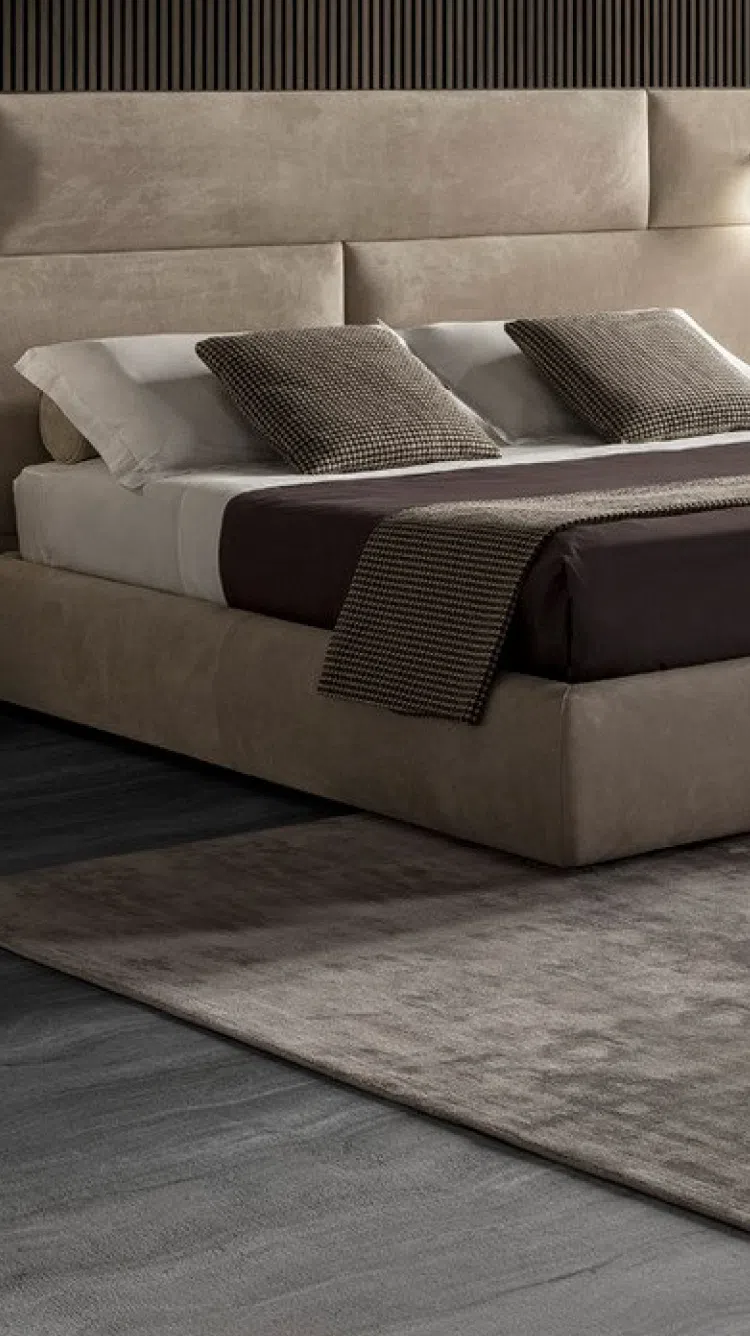
Artificial fur, also known as faux fur, is a fabric designed to mimic the appearance and texture of genuine fur. It's a popular choice for furniture upholstery and home decor for several reasons, including ethical considerations, cost, and ease of maintenance. Here's a more detailed look at artificial fur as a furniture material:
Composition: Artificial fur is typically made from synthetic fibers such as acrylic, modacrylic, and polyester. These fibers are processed and dyed to create a realistic fur-like texture and appearance. High-quality faux furs can be very soft and lush, closely resembling the feel of real animal fur.
Manufacturing: The production process begins with the creation of the synthetic fibers, which are then machine-knitted or woven into a fabric backing. The pile, or the "fur" part of the fabric, is created by processing these fibers in such a way that they stand up and resemble the tactile qualities of real fur. This pile can vary in length, density, and softness, depending on the desired result.
Durability: Artificial fur is generally durable and long-lasting, especially when well-maintained. However, the durability can vary with the type and quality of the fibers used, as well as the construction of the fabric itself. High-quality faux fur can resist wear, fading, and pilling.
Maintenance: Faux fur furniture requires relatively simple maintenance. Regular brushing can help keep the fibers looking fresh and prevent matting. Spills should be blotted promptly to avoid stains setting in. For cleaning, most artificial furs can be carefully vacuumed, spot-cleaned, or even machine-washed on a gentle cycle, although one should always check the manufacturer's instructions beforehand.
Comfort and Aesthetics: In terms of comfort, artificial fur provides a warm and cozy upholstered surface. Aesthetically, it can add a touch of luxury and opulence to furniture pieces, often used in throws, pillows, and accent chairs. The texture adds visual interest and tactile appeal to interior spaces.
Eco-Friendly and Ethical Considerations: Many consumers opt for artificial fur over real fur due to concerns over animal welfare and environmental issues. While faux fur is animal-friendly, there is debate about its environmental impact, as the synthetic fibers are derived from petroleum, are not biodegradable, and may shed microfibers that can be harmful to the environment. However, advances in sustainable manufacturing practices are being made to reduce the ecological footprint of synthetic materials.
Variety: There is a vast range of artificial fur types available, from those that resemble mink, fox, and rabbit fur to more imaginative and colorful options that real fur cannot provide.
When selecting artificial fur for furniture, consider factors such as the pile depth, fiber density, resilience, colorfastness, and the base fabric's strength. As with any upholstery material, the specific use-case and desired aesthetic will guide the selection process to ensure the furniture piece suits both practical and stylistic requirements.


